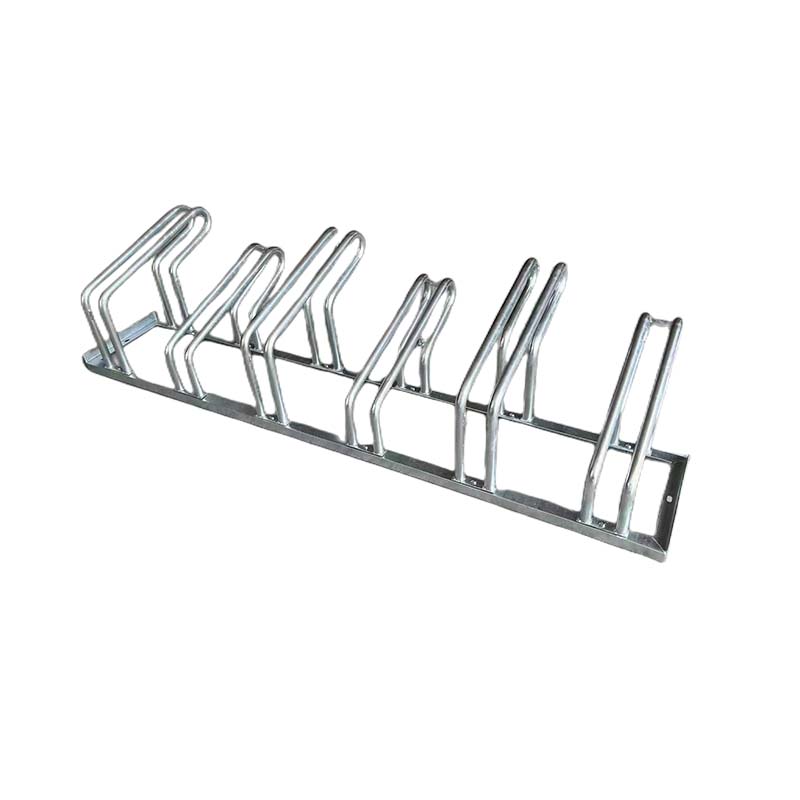motorised butterfly valve
The Motorised Butterfly Valve Revolutionizing Flow Control
In various industrial and manufacturing applications, effective flow control is paramount. One of the most efficient devices used for regulating the flow of liquids and gases is the motorised butterfly valve. This innovative valve combines the simplicity of a butterfly valve with the precision offered by motorisation, leading to enhanced operational efficiency and reliability.
Understanding Butterfly Valves
Butterfly valves are quarter-turn valves that use a circular disc or plate as the regulating mechanism. The disc is positioned in the middle of the pipe and turns on an axis perpendicular to the flow. When the valve is open, the disc is parallel to the flow, allowing fluid to pass with minimal resistance. When closed, the disc rotates 90 degrees to seal the flow completely. This design makes butterfly valves particularly useful for large volumes of fluids, as they are lightweight and require less space compared to other valve types.
The Role of Motorisation
While traditional butterfly valves are operated manually, motorised butterfly valves are equipped with an actuator, which can be electric or pneumatic. This actuator provides precise control, enabling automated operation without the need for manual intervention. Motorisation adds several benefits
1. Precision Control With an actuator, operators can achieve precise control over the flow rate, allowing for more consistent process management. 2. Remote Operation These valves can be controlled from a distance, making them ideal for systems that require monitoring in hazardous or hard-to-reach areas. 3. Increased Safety Automated systems reduce the risk of human error and enhance safety, especially in environments where fluids can be dangerous or toxic.
Applications in Various Industries
motorised butterfly valve

Motorised butterfly valves are widely used in diverse industries, including oil and gas, water treatment, food and beverage, HVAC systems, and pharmaceuticals. In water treatment plants, for instance, they regulate water flow and help maintain pressure levels throughout the system. In the food and beverage industry, these valves ensure hygienic processing and meet stringent health standards while maintaining efficient flow control.
Advantages of Motorised Butterfly Valves
Choosing motorised butterfly valves over traditional valve types comes with several advantages
- Quick Operation The quarter-turn design allows for fast opening and closing, significantly speeding up the process. - Cost-Effectiveness They generally have lower installation and maintenance costs compared to more complex valve types, such as globe or gate valves.
- Space-Saving Design The compact nature of butterfly valves means they can be utilized in areas with limited space without compromising efficiency.
- Versatility These valves can handle a wide range of operating pressures and temperatures, making them suitable for various fluids, including corrosive substances.
Conclusion
The motorised butterfly valve is a pivotal component in modern industrial applications, offering unparalleled control, safety, and efficiency. As industries continue to evolve and automation becomes increasingly prevalent, the demand for motorised butterfly valves is expected to grow. By embracing this technology, industries can enhance their operational effectiveness, reduce risk factors, and ultimately achieve better productivity and sustainability. As we look to the future, motorised butterfly valves will undoubtedly play a critical role in shaping efficient and safe fluid management systems.
-
The Smarter Choice for Pedestrian AreasNewsJun.30,2025
-
The Gold Standard in Round Drain CoversNewsJun.30,2025
-
The Gold Standard in Manhole Cover SystemsNewsJun.30,2025
-
Superior Drainage Solutions with Premium Gully GratesNewsJun.30,2025
-
Superior Drainage Solutions for Global InfrastructureNewsJun.30,2025
-
Square Manhole Solutions for Modern InfrastructureNewsJun.30,2025
-
Premium Manhole Covers for Modern InfrastructureNewsJun.30,2025
